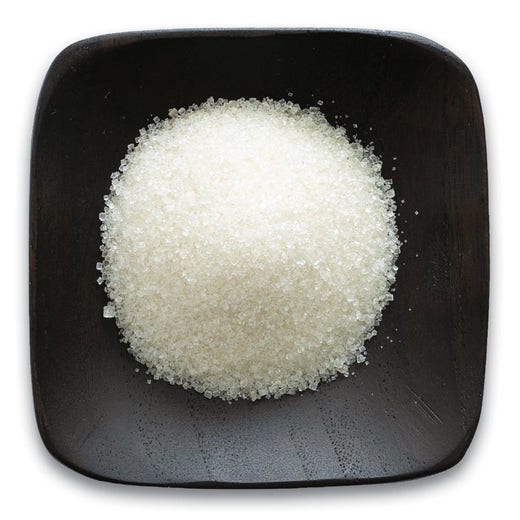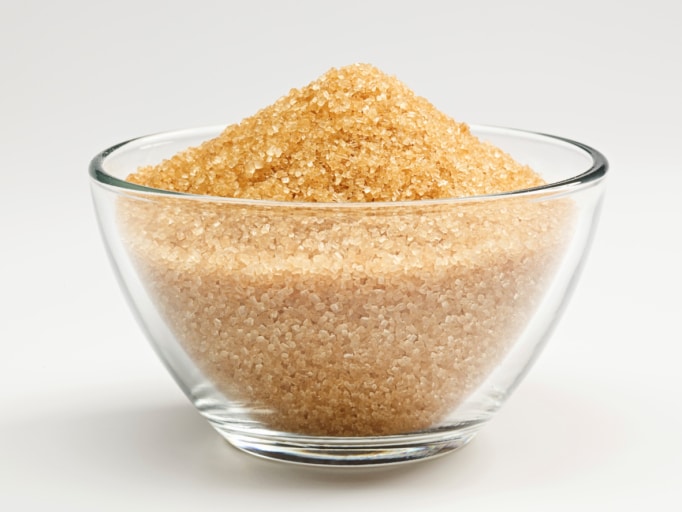Advanced Cane Sugar Processing: Enhancing Effectiveness and Sustainability
Advanced Cane Sugar Processing: Enhancing Effectiveness and Sustainability
Blog Article
A Thorough Overview to the Environmental Impact and Sustainability Practices in Walking Cane Sugar Handling
The ecological influence of cane sugar handling offers a complicated array of difficulties that warrant careful exam. From dirt destruction and excessive water use to the carbon footprint related to farming and manufacturing, the repercussions of standard methods are far-ranging. In contrast, the adoption of ingenious sustainability actions supplies a pathway towards a lot more accountable manufacturing methods. Comprehending the interplay in between these issues is crucial for stakeholders in the sector. What specific techniques can be executed to strike an equilibrium between efficiency and environmental stewardship? The responses depend on a better consider both the challenges and potential remedies.
Summary of Walking Cane Sugar Handling
Cane sugar handling includes a series of systematic steps that transform sugarcane into refined sugar. Originally, harvested sugarcane is transferred to refining centers, where it undergoes cleaning to remove dirt and debris. Following this, the cane is squashed to remove juice, which is then made clear by eliminating pollutants with home heating and the enhancement of lime.
The made clear juice goes through dissipation, where water is gotten rid of to concentrate the sugar web content. These crystals are divided from the remaining syrup making use of centrifugation, resulting in raw sugar.
The end product is after that dried and packaged for distribution. Throughout this whole process, maintaining effectiveness and quality assurance is vital to guarantee the sugar fulfills sector criteria. Each action in walking cane sugar processing not only contributes to the final item yet likewise has ramifications for source use and waste generation, setting the stage for discussions on sustainability and environmental impacts linked with sugar production.
Environmental Challenges of Production
The production of cane sugar provides a number of significant ecological difficulties that warrant focus. One key problem is the comprehensive use of agrochemicals, consisting of pesticides and plant foods, which can bring about soil deterioration, biodiversity loss, and contamination of local water sources. The overflow from sugarcane fields usually brings these chemicals right into close-by environments, disrupting marine life and impacting the wellness of areas reliant on these water bodies.
Another difficulty is the high power intake connected with sugarcane handling. The boiling and refining stages need substantial heat, primarily created by melting fossil fuels, adding to greenhouse gas emissions. Additionally, the extensive acreage needed for sugarcane growing can bring about logging and habitat devastation, additional exacerbating environment change and harmful wildlife.
Moreover, the labor methods in some areas elevate ethical problems, as workers might deal with inadequate working conditions and poor salaries. This scenario usually perpetuates a cycle of destitution in regional areas. Cane Sugar Processing. Attending to these environmental difficulties is crucial for establishing more lasting practices in walking cane sugar production, inevitably benefiting both the atmosphere and the areas associated with this sector
Water and Land Use Effect
Water sources and land utilization are important parts in the cane sugar market that significantly influence the setting. The growing of sugarcane calls for substantial water input, with quotes recommending that it can consume as much as 2,000 litres of water per kilo of sugar produced. This intensive usage of water often causes deficiency of neighborhood water resources, influencing not only the sugarcane ranches however additionally bordering communities and neighborhoods that depend on the very same water resources for farming and residential usage.

In addition, land use for sugarcane farming can cause deforestation and the conversion of natural habitats into monoculture haciendas. This method lessens biodiversity, interrupts neighborhood communities, and adds to soil deterioration. The development of sugarcane fields usually intrudes on important farming land, developing competition for sources in between food and biofuel production.
Sustainable techniques, such as optimizing irrigation strategies and executing crop rotation, are vital to reduce these influences. By adopting much more reliable water usage and land management methods, the walking cane sugar sector can decrease its eco-friendly footprint, making sure an equilibrium between agricultural performance and ecological preservation.
Greenhouse Gas Emissions
Greenhouse gas emissions represent a considerable ecological worry within the walking cane sugar processing industry, particularly as agricultural methods broaden to fulfill international need. The cultivation of sugarcane, a crop that grows in exotic climates, relies heavily on synthetic fertilizers and pesticides, which add to nitrous oxide emissions. Additionally, land-use modifications, consisting of deforestation for brand-new sugarcane plantations, release carbon dioxide stored in vegetation and soil.
During handling, power intake is an additional significant resource of greenhouse gas discharges - Cane view website Sugar Processing. Numerous sugar mills utilize fossil gas to power equipment and produce heat, resulting in visit homepage substantial carbon footprints. Additionally, the transportation of raw sugarcane and ended up items adds layers of discharges via fuel combustion in cars
This entails evaluating present farming practices, processing approaches, and transport systems to determine areas for renovation and mitigation. Resolving greenhouse gas discharges is necessary for promoting a more lasting cane sugar sector in a changing environment.

Sustainable Practices and Innovations
Lasting techniques and innovations are increasingly important in the walking stick sugar processing sector as stakeholders look for to reduce ecological effects while keeping efficiency. One significant development is the execution of integrated plant administration, which maximizes resource usage by integrating dirt management, parasite control, and crop turning techniques. This strategy enhances return while minimizing chemical inputs and protecting soil health.
Additionally, the fostering of sustainable power sources, such as biomass from sugarcane residues, has actually gained grip - Cane Sugar Processing. By transforming waste products right into power, processing centers can lower their reliance on nonrenewable fuel sources, therefore lowering greenhouse gas exhausts
Water management methods have actually also seen enhancements via the recycling and reusing of water in processing plants, dramatically reducing freshwater usage. Advancements in technology, such as precision agriculture, make it possible for farmers to keep an eye on crop health and source use better, making certain lasting cultivation methods.
In addition, certification programs like Fair Trade and Jungle Partnership urge ecologically liable farming techniques and advertise social equity within the supply chain. By embracing these sustainable practices and developments, the walking stick sugar processing market can improve its durability and contribute positively to environmental stewardship.
Final Thought
The environmental effect of walking stick sugar processing provides considerable challenges, including soil degradation, high water consumption, and greenhouse gas emissions, alongside ethical issues associated to labor methods. Dealing with these issues with sustainable practices, such as integrated plant monitoring, eco-friendly power adoption, and water recycling, is crucial. By advertising socially fair and eco accountable techniques in sugar production, the pop over here market can mitigate its damaging results, making sure a more lasting future for both areas and environments involved in this sector.
Walking cane sugar processing involves a collection of methodical steps that change sugarcane into refined sugar. Each action in cane sugar handling not only contributes to the last product yet also has effects for source usage and waste generation, setting the phase for discussions on sustainability and ecological effects linked with sugar manufacturing.
Greenhouse gas emissions stand for a considerable ecological worry within the cane sugar processing sector, especially as agricultural methods increase to fulfill worldwide need.Sustainable methods and developments are increasingly crucial in the cane sugar processing sector as stakeholders seek to minimize ecological impacts while preserving performance.The environmental effect of walking stick sugar processing provides substantial challenges, including dirt destruction, high water consumption, and greenhouse gas discharges, along with moral issues related to labor practices.
Report this page